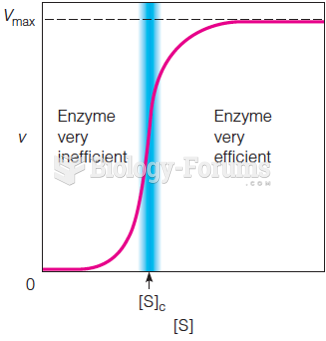Answer to Question 1
Correct Answer: 2
Rationale 1: Nitrous oxide does not produce complete loss of consciousness or profound relaxation of skeletal muscles, as is found in stage 3 anesthesia.
Rationale 2: One of the major advantages of nitrous oxide is that it has strong analgesic properties.
Rationale 3: Nitrous oxide does not produce profound relaxation of skeletal muscles.
Rationale 4: Nitrous oxide does not produce complete loss of consciousness.
Global Rationale: One of the major advantages of nitrous oxide is that it has strong analgesic properties. Nitrous oxide does not produce complete loss of consciousness or profound relaxation of skeletal muscles as is found in stage 3 anesthesia. Nitrous oxide does not produce profound relaxation of skeletal muscles nor does it produce complete loss of consciousness.
Answer to Question 2
Correct Answer: 1,2,3
Rationale 1: Amides decrease the sodium flux into the neuron, thus inhibiting the initial depolarization and conduction of the nerve impulse.
Rationale 2: Lidocaine is an amide-type local anesthetic, which has a longer duration of action than esters.
Rationale 3: Amides such as lidocaine have largely replaced the administration of agents from the ester class, because they produce fewer side effects.
Rationale 4: Amides such as lidocaine block sodium from entering the cell.
Rationale 5: Cocaine is a natural ester, while lidocaine is an amide.
Global Rationale: Amides decrease the sodium flux into the neuron, thus inhibiting the initial depolarization and conduction of the nerve impulse. Lidocaine is an amide-type local anesthetic, which has a longer duration of action than esters. Amides such as lidocaine have largely replaced the administration of agents from the ester class, because they produce fewer side effects. Amides such as lidocaine block sodium from entering the cell. Cocaine is a natural ester, while lidocaine is an amide.







